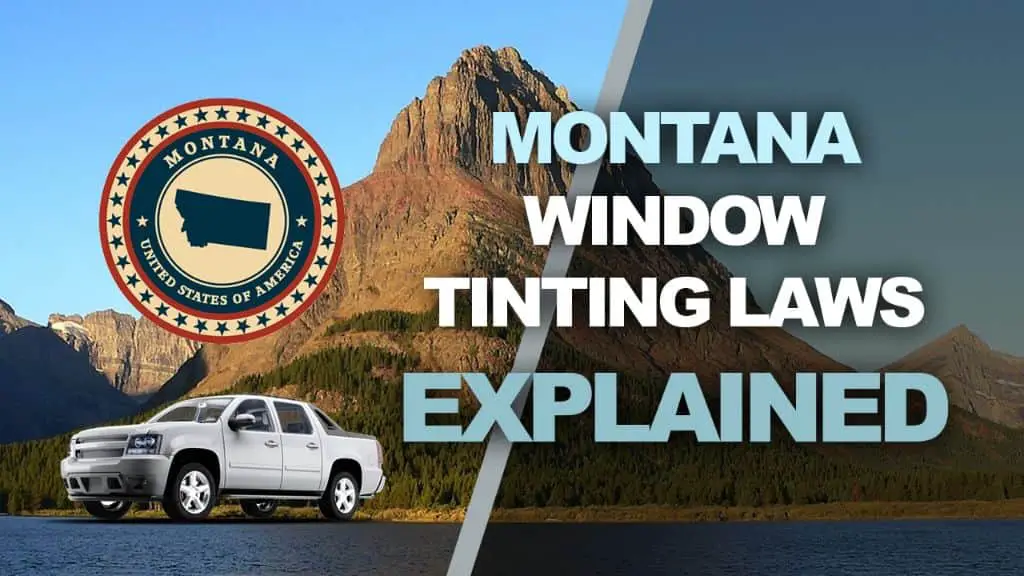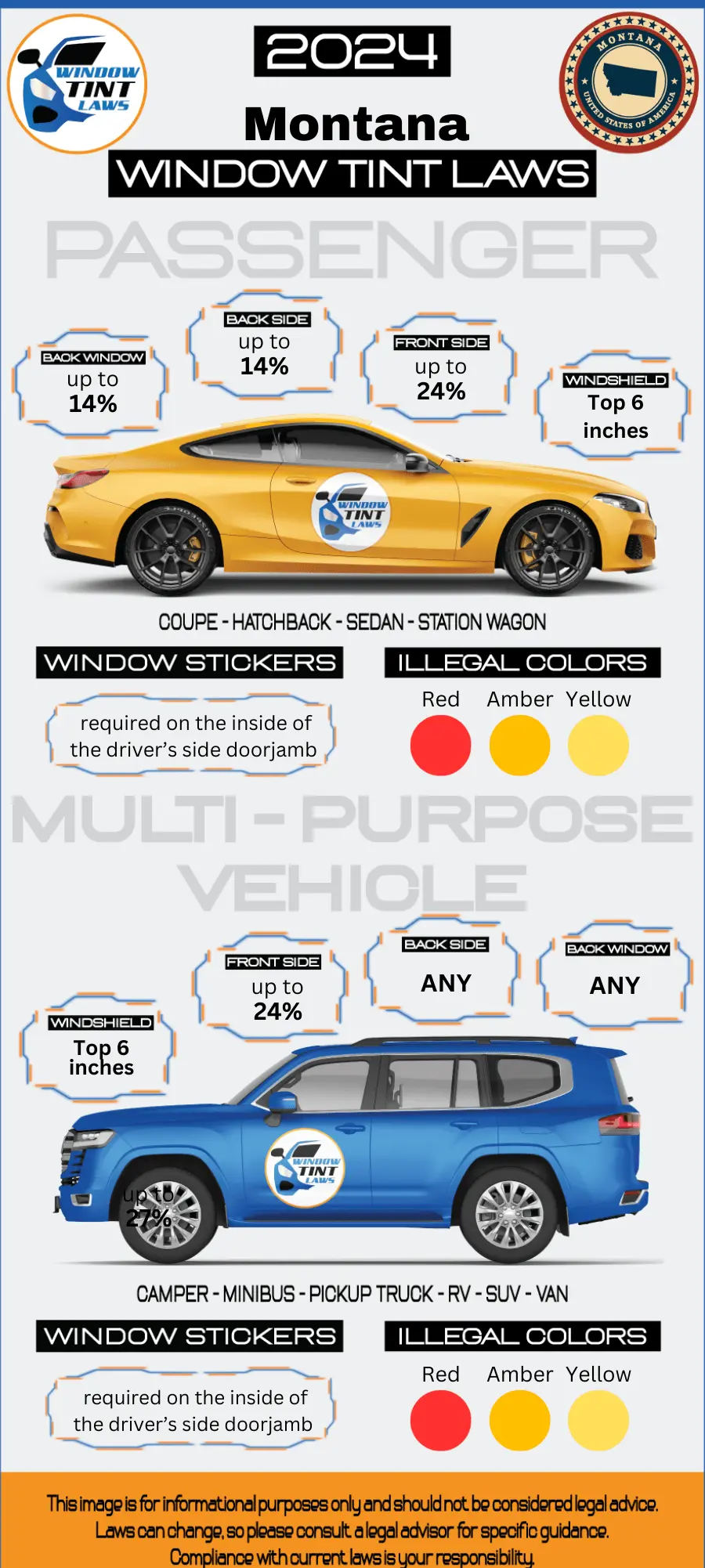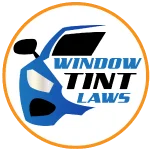

Article Created by Ryan Pietrzak
Last updated on February 14, 2024Montana Tint Laws – 2024 Updated Legal Tint Limit
Please note that Montana Tint Laws Regulation can change daily and may be interpreted differently at the city or county level. We recommend verifying this information with your local DMV or law enforcement agencies. We have manually fact-checked this content using official state resources. Montana enacted tinting laws in 1991. If any information provided is incorrect or outdated, please contact us so we can make the necessary corrections. Thank you.
2024 Montana Tint Laws – Legal Tint Limit For Passenger Vehicles.
- Front Windshield: Non-reflective tint is allowed on the top 6 inches of the windshield.
- Front seat side windows: up to 24% tint darkness allowed
- Back seat side windows: up to 14% tint darkness allowed
- Rear window: up to 14% tint darkness allowed
2024 Montana Tint Laws – Legal Tint Limit For Multi-Purpose Vehicles
- Front Windshield: Non-reflective tint is allowed on the top 6 inches of the windshield.
- Front seat side windows: up to 24% tint darkness allowed
- Back seat side windows: Any tint darkness can be used
- Rear window: Any tint darkness can be used

- Medical exemptions: Montana tint laws permit darker tints on front side windows with a doctor’s note
- Montana tint laws prohibit metallic or reflective tint on any of the windows
- Montana tint law is statewide with no additional local regulations
- Violating Montana tint laws cost typically around $50. However, this amount can vary depending on the specific circumstances of the violation and the jurisdiction. Repeat offenses may result in higher fines.
What does VLT Mean according to Montana Tint Laws?
- Window tint film’s light transmission is measured as VLT (Visible Light Transmission) and each state has its own legal limits for VLT on car windows.
- A HIGHER VLT means that more light is allowed to pass through the window tint film.
- Example: a 75% tint will allow 75% of the light to pass through whereas a 5% tint will only allow 5% of the light to pass through, making the 5% tint a much darker film.
- Montana window tint laws has specific VLT limits for Passenger Vehicles and Multi-Purpose Vehicles.
FAQ’s Regarding Montana Tint Laws and Montana Legal Tint Limit
What is the darkest legal tint in Montana?
In Montana, the darkest legal window tint is 24% VLT (Visible Light Transmission) for the front side windows, and any darkness can be used on the rear side and rear windows of passenger vehicles. This means the front side windows must allow at least 24% of the light to pass through.
Are police exempt from window tint laws in Montana?
Yes, in Montana, law enforcement vehicles are typically exempt from the state’s window tint laws. This exemption allows police vehicles to use window tint that is darker than the legal limit set for civilian vehicles.
How do I get a tint waiver in Montana?
In Montana, to obtain a window tint medical exemption, you must submit a completed Application for Medical Waiver of Tinted Window Law. This application requires a physician’s statement certifying that you or a regular passenger in the vehicle has a medical condition that necessitates darker window tint for protection. Upon approval by the Montana Motor Vehicle Division, the exemption allows for window tint darker than the standard legal limits.
How much is a tint ticket in Montana?
In Montana, the cost of a ticket for a window tint violation is typically around $50. However, this amount can vary depending on the specific circumstances of the violation and the jurisdiction. Repeat offenses may result in higher fines.
Can you get pulled over for tint in Montana?
Yes, in Montana, you can be pulled over by law enforcement if your vehicle’s window tint is suspected to be darker than the state’s legal limit. This could lead to a ticket or a requirement to remove the non-compliant tint.
How to get a Tint Exemption in Montana
A signed affidavit stating reasons for medical exemption can be provided by a licensed physician, licensed physician assistant, or advanced practice registered nurse.
Highway Patrol or local law enforcement agencies may grant a waiver based on the affidavit. The waiver will contain a clear identification of the vehicle, date issued, name and owner of the vehicle, reason for granting the waiver, date when it becomes effective, and signature of law enforcement officer granting the waiver.
No forms are provided online. Once you obtained your doctor’s statement, bring it to your nearest Highway Patrol or other law enforcement office for more information.
For more information regarding window tint medical exemptions in _____ you can check out this resource:

Ryan Pietrzak
Creator of Windowtintlaws.us
